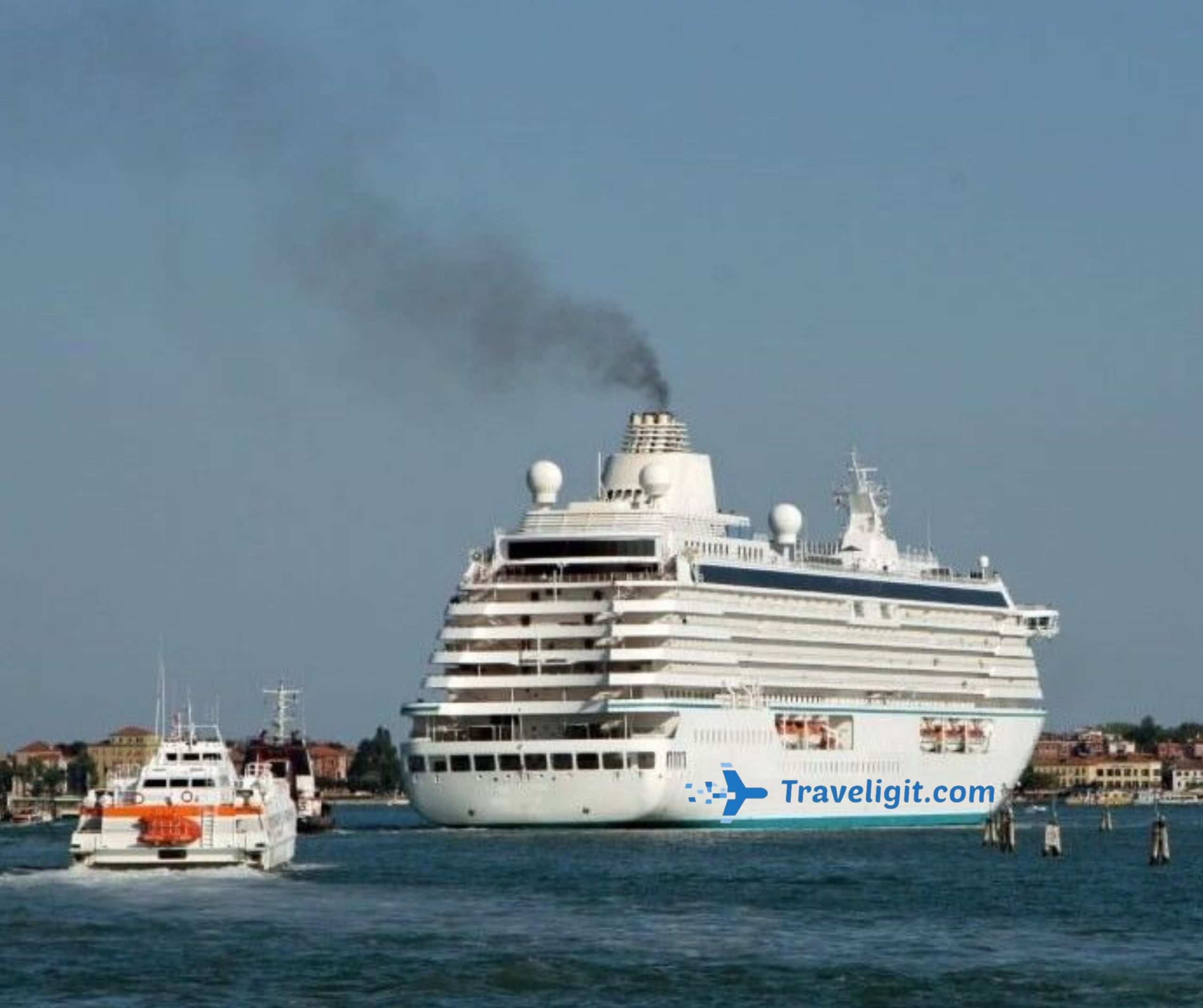HOW HARMFUL ARE CRUISE LINES TO THE ENVIRONMENT?

HOW HARMFUL ARE CRUISE LINES TO THE ENVIRONMENT?
Cruises are a popular choice for many travelers. However, travel and climate experts warn that cruises are not environmentally friendly because of large ships with luxury hotels, swimming pools, restaurants and thousands of people. However, approximately 20 million people choose a cruise every year. The negative effects of cruise lines on climate change remain to be seen.
Cruise ships were almost at a standstill in 2020 and 2021 due to the coronavirus outbreak, and no data is yet available for 2022. To gain insight into the impact of global cruise shipping on the environment, it is best to look at the year 2019.
This year, cruise ships produced approximately 23 megatons of CO2 worldwide. The three largest cruise lines, Carnival, Norwegian and Royal Caribbean, are responsible for 70% of total cruise traffic emissions. It does not take into account emissions from other sources, such as personnel flying around the world. If these emissions are included, total CO2 emissions in 2019 are estimated at approximately 45 megatons.
It is also important to note that guest travel to the port, often by air, is not included in this estimate. To put this into perspective, Portugal emitted less than 40 megatonnes of CO2 in 2019.
Emissions for cruise passengers
The average cruise tourist emits approximately 1.7 tons of CO2 during a weekly trip. This amount corresponds to one third of the annual CO2 emissions of an average person, approximately 4.6 tons. It’s worth noting that in 2019, only 0.4% of the world’s population traveled by cruise. However, it is important to add that the 1.7 tonnes per capita only includes the emissions generated during the cruise and not the journey to and from the port. Combining a cruise with a flight can significantly increase your carbon footprint, making it an extreme climate problem.
Big plans for a climate-neutral perspective
Many cruise lines, such as Carnival, have set ambitious goals to achieve carbon neutrality by 2050. Tui Cruises is even more ambitious and aims to offer climate-neutral cruises as early as 2030. Completely climate neutral and legitimate.
For example, Tui Cruises plans to use methanol, which is technically feasible and admirable. However, this alone cannot address air passenger and crew emissions and the entire value chain.
Current cruise travel and airline models indicate that any positive shift towards sustainability may be an illusion if tourism continues to grow. In addition to ensuring sustainability in the tourism sector, other sectors such as automotive mobility and domestic heat production also require large amounts of renewable energy. However, fossil fuel production competes with renewable energy production. Moreover, the cost of a sustainable flight is at least double that of a regular flight.






